It’s no secret that there is a talent gap in STEM fields. In fact, there are way more STEM jobs available than people qualified to fill them in the United States. This is the derived in part from the fact that women and minorities are needed to fill STEM jobs but are underrepresented in STEM fields.
Despite the fact that STEM jobs pay more than non-STEM jobs, we are still witnessing these gaps. To be a world leader in STEM fields, it’s important to expose all people to the possibilities that a career in STEM may afford them despite gender, race, or socioeconomic status.
The STEM Workforce
According to the US Bureau for Labor Statistics, STEM jobs represent only 6.2% of all employment in the United States. STEM jobs are expected to increase by 10.9% between 2016 and 2026 however. That’s faster than the average job growth, and results in 1 million new STEM jobs! Many of these jobs will be in computer occupations, with an expected growth of one million new jobs between 2014 and 2024.
Minorities and Women in STEM
With an increase in STEM positions, more talented people are required to fill these jobs. Right now, STEM jobs are primarily held by white men. Women and minorities make up only a small portion of STEM fields. This is mostly attributed to disadvantages in the education provided to these groups. Studies have found that more diverse workplaces lead to more productive outcomes, and we only benefit by translating this idea into the STEM workplace.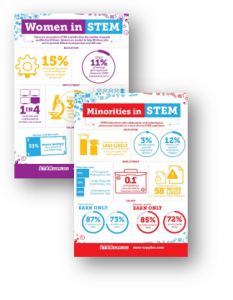
STEM fields are highly creative, collaborative, and rely on lots of perspectives and ideas. To address this talent gap, it’s important to educate all students on real-world applications in STEM and to show them female and minority role models working in STEM fields.
How Do We Fill STEM Jobs?
In anticipation of a STEM job growth, teachers need to prepare K-12 students for a technological future. The US ranks only 20th in the world on the science literacy scale for 15-year-old students. Additionally, the average National Assessment of Educational Progress (NAEP) math score for 8th graders is 14 points behind proficiency.
These figures contribute to the fact that only 39% of freshman intend to major in science and engineering fields when they enter college. Roughly half of these freshman stay science or engineering majors through graduation.
STEM is a pipeline, and principles taught in STEM education need to be scaffolded throughout a student’s educational career. If students are not exposed to STEM in K-12, they might not choose a career in STEM fields.
To learn more about where we stand in the pipeline today, we have created three free STEM infographics focusing on the STEM workforce, minorities in STEM, and women in STEM. Visit the STEM Supplies website to download and print these resources today!
Want to spruce up your makerspace? Download our free printable STEM by the Numbers posters:

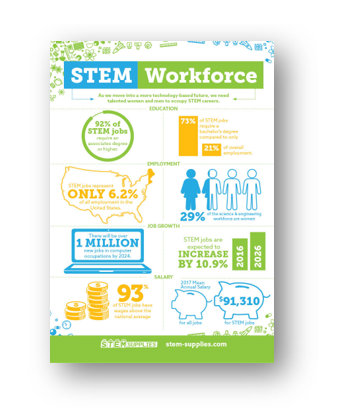
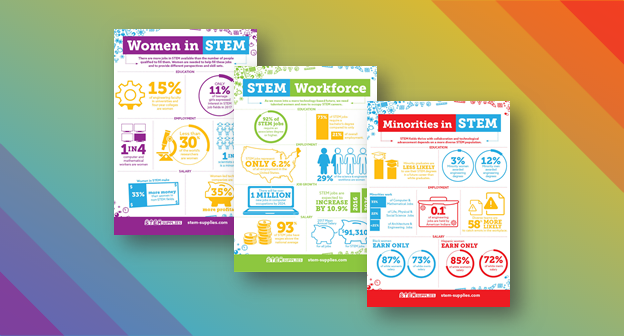


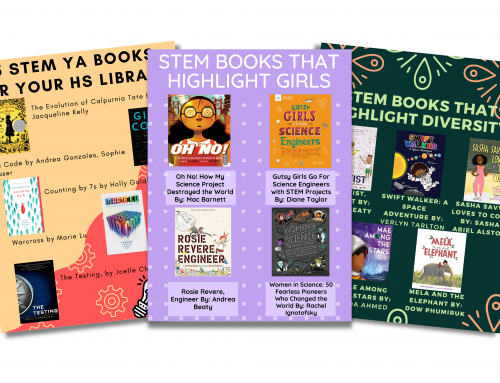
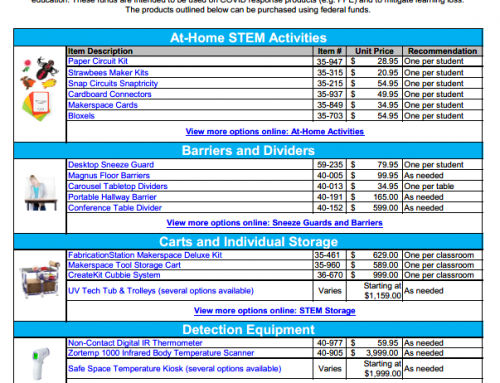


Leave A Comment